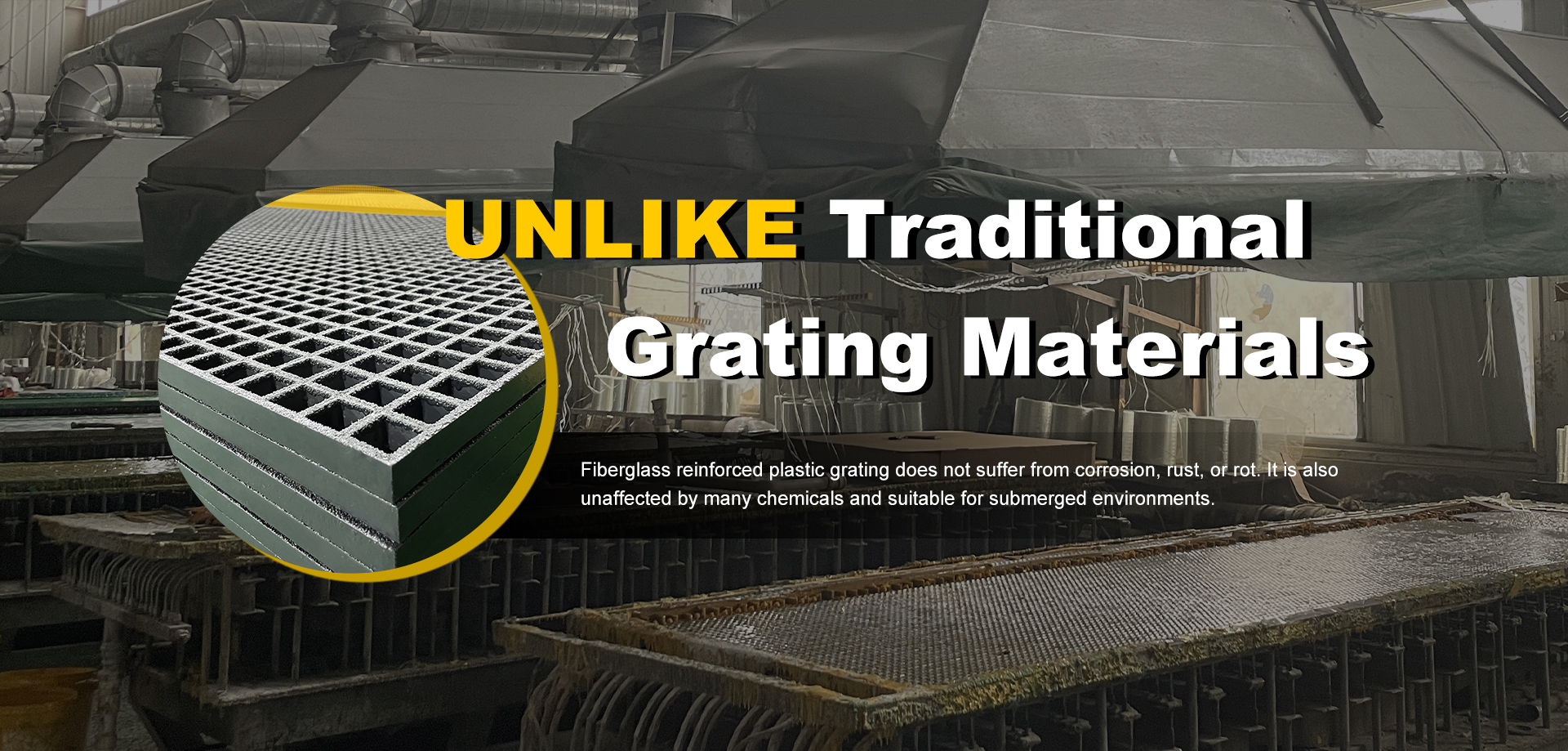loading...
- No. 9, Xingyuan South Street, Dongwaihuan Road, Zaoqiang County, Hengshui, Hebei, China
- admin@zjcomposites.com
- +86 15097380338
- Welcome to visit our website!
anti slip nosing
Understanding Anti-Slip Nosing Enhancing Safety and Aesthetics in Architecture
In the world of architecture and design, safety is paramount. One of the most effective solutions for enhancing safety in public and private spaces is the use of anti-slip nosing. Although they may seem like a minor detail in a building's design, anti-slip nosings play a critical role in preventing accidents, especially in areas prone to moisture or heavy foot traffic.
What is Anti-Slip Nosing?
Anti-slip nosing refers to the textured or designed edge of stair treads or flooring materials that helps to prevent slips and falls. These nosings can be found in various environments, from residential homes to commercial buildings, schools, airports, and hospitals. Typically made from materials such as rubber, metal, or composite materials, anti-slip nosings are designed to provide grip, even when surfaces are wet or dirty.
Importance of Anti-Slip Nosing
The primary purpose of anti-slip nosing is to improve safety. Falls on stairs represent a significant percentage of injuries in public and private spaces. By providing a slip-resistant surface, anti-slip nosing helps to mitigate the risk of accidents, particularly for vulnerable populations such as the elderly, children, or individuals with mobility issues.
Moreover, the inclusion of anti-slip nosing not only enhances safety but also complies with building codes and regulations that mandate safety features in public buildings. By incorporating these safety elements, architects and builders can ensure that their structures meet the necessary legal requirements and provide a safe environment for all users.
anti slip nosing

Aesthetic Considerations
In addition to their safety benefits, anti-slip nosings come in a variety of designs, colors, and materials that can complement the overall aesthetic of a building. Well-designed nosings can enhance the visual appeal of staircases and walkways, providing an opportunity for creativity while maintaining functionality. For instance, brightly colored nosings can improve visibility and awareness, guiding users safely through potentially hazardous areas.
Installation and Maintenance
The installation of anti-slip nosing should be done carefully to ensure it adheres properly to the staircase or flooring. Additionally, regular maintenance is essential to keep the nosings effective. This might include cleaning the surfaces to remove accumulated grime or replacing wear-and-tear components to maintain their anti-slip properties.
Conclusion
In conclusion, anti-slip nosing is a crucial feature in modern architecture that emphasizes both safety and aesthetics. As designers and builders continue to prioritize user safety, the integration of anti-slip nosing will remain an essential consideration in creating functional and appealing spaces. With the right approach, these small but vital components can significantly contribute to creating safer environments for everyone.
-
The Rise of FRP Profiles: Strong, Lightweight, and Built to LastNewsJul.14,2025
-
SMC Panel Tanks: A Modern Water Storage Solution for All EnvironmentsNewsJul.14,2025
-
GRP Grating: A Modern Solution for Safe and Durable Access SystemsNewsJul.14,2025
-
Galvanized Steel Water Tanks: Durable, Reliable, and Ready for UseNewsJul.14,2025
-
FRP Mini Mesh Grating: The Safer, Smarter Flooring SolutionNewsJul.14,2025
-
Exploring FRP Vessels: Durable Solutions for Modern Fluid HandlingNewsJul.14,2025
-
GRP Structures: The Future of Lightweight, High-Performance EngineeringNewsJun.20,2025
